How can I model P and S waves with my class?
This demonstration explores two of the four (P and S waves) main ways energy propagates from the hypocenter of an earthquake. In this kinesthetic demo, students "experience" the waves as they line up shoulder-to-shoulder to "become" the solid and then liquid material the waves travel through. The physical nature of the "Human wave" demonstration makes it a highly engaging activity for most students. Some find that this tactile/kinesthetic learning activity stretches them personally; while for others it channels disruptive energy into a creative endeavor. Either way, developing ways to physically involve students in learning helps students grasp, internalize and maintain abstract information. Once "performed," the principles of P and S waves will not be easily forgotten.
The Instructor Guide offers a simpler method than the video shown here, though graphs for the video method are included in the Guide.
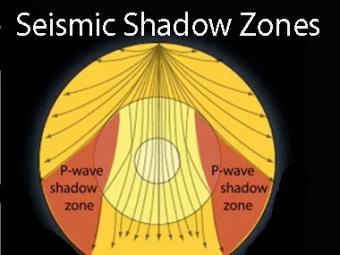
Seismic shadow zones have taught us much about the inside of the earth. This shows how P waves travel through solids and liquids, but S waves are stopped by the liquid outer core.
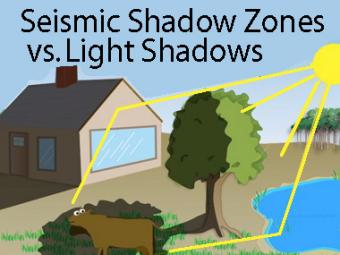
The wave properties of light are used as an analogy to help us understand seismic-wave behavior.
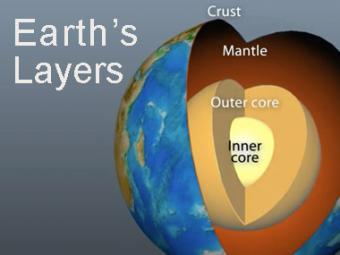
The Earth has 3 main layers based on chemical composition: crust, mantle, and core. Other layers are defined by physical characteristics due to pressure and temperature changes. This animation tells how the layers were discovered, what the layers are, and a bit about how the crust differs from the tectonic (lithospheric) plates, a distinction confused by many.
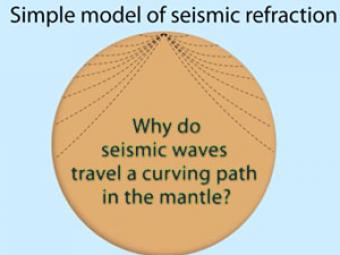
Seismic waves travel a curving path through the earth due to changes in composition, pressure, and temperature within the layers of the Earth.
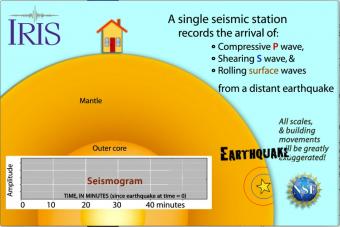
Seismic waves travel through the earth to a single seismic station. Scale and movement of the seismic station are greatly exaggerated to depict the relative motion recorded by the seismogram as P, S, and surface waves arrive.
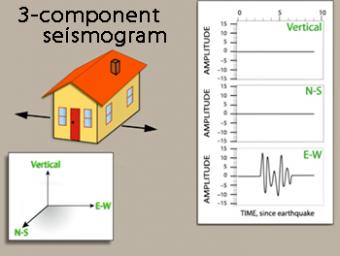
We use exaggerated motion of a building (seismic station) to show how the ground moves during an earthquake, and why it is important to measure seismic waves using 3 components: vertical, N-S, and E-W. Before showing an actual distant earthquake, we break down the three axes of movement to clarify the 3 seismograms.
We encourage the reuse and dissemination of the material on this site as long as attribution is retained. To this end the material on this site, unless otherwise noted, is offered under Creative Commons Attribution (CC BY 4.0) license